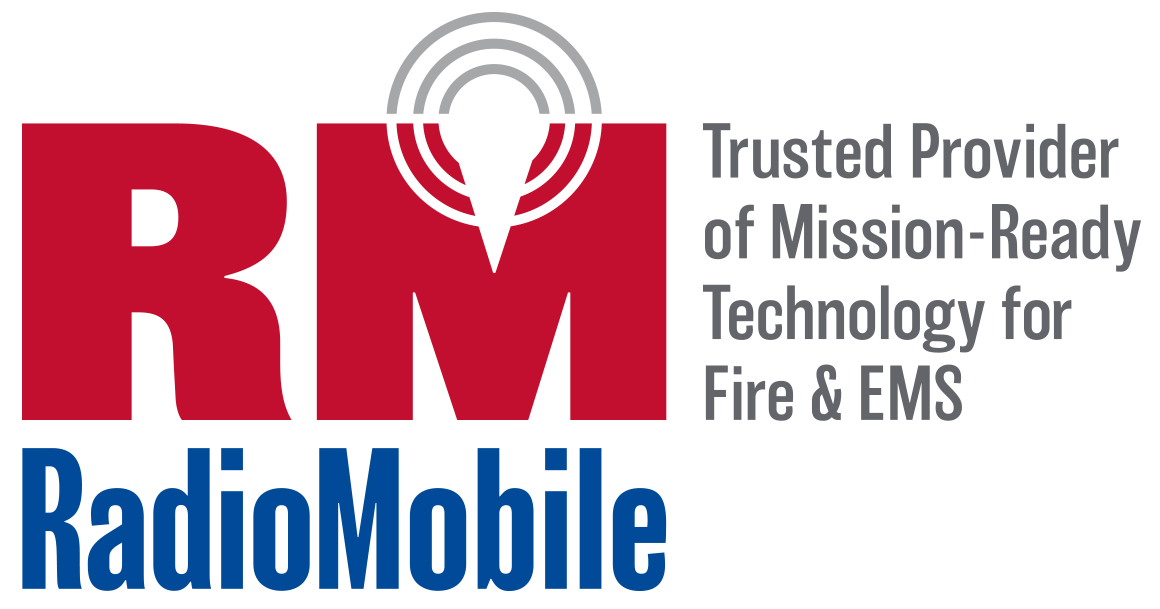How Fire Station Alerting Integrates with CAD and MDC Systems: Exploring Fire System Connectivity and Effective Systems
When an emergency call comes in, it sets off a chain reaction. Dispatchers relay information, station controllers trigger alerts, and emergency personnel mobilize. The smoother this chain, the faster the response. That’s why integrating fire station alerting with Computer-Aided Dispatch (CAD) and Mobile Data Computer (MDC) systems is such a game-changer.
By uniting these technologies, departments reduce errors, cut response times, and ensure every firefighter has the right information—when and where they need it. In this article, we’ll explore how integration works, why it matters, and what departments should consider when selecting connected systems.
Why Integration Matters
Fire station alerting systems used to operate in silos. Dispatchers made manual calls, radios carried voice alerts, and firefighters relied on PA systems. While dependable, these methods often left gaps—delays in communication, mismatched information, or missed notifications.
By contrast, modern FSAS integrated with CAD and MDC platforms provide:
- Real-time synchronization: Dispatch details flow instantly to station controllers and firefighter devices.
- Automation: Alerts trigger tones, lights, bay doors, and even station appliances without manual steps.
- Improved situational awareness: Firefighters see detailed call data—location, incident type, hazards—before leaving the station.
- Redundant Communication: Multiple channels (radio, IP, cellular and satellite) ensure alerts get through, even if one system fails.
The result is a unified response cycle where technology reduces confusion and responders focus on the mission.
The Role of CAD in Fire Station Connectivity
CAD is the backbone of modern dispatch. It manages call intake, incident details, and unit assignments. When integrated with FSAS:
- Dispatch data is automatically transmitted to the fire station alerting controller.
- Crews receive precise, targeted notifications—not blanket alarms for everyone.
- Information flows directly into station systems and MDCs, reducing the chance of error.
This seamless link means firefighters can gear up faster, knowing exactly what they’re responding to and what resources are required.
MDCs: Extending the Station into the Field

Mobile Data Computers put dispatch and alert information into the hands of firefighters en route. Integration with FSAS ensures that:
- Alerts and updates received at the station also reach the apparatus instantly.
- Maps, routes, and hydrant locations are displayed in real time.
- Incident details are continuously updated, reducing reliance on radio chatter.
With MDCs connected to the alerting system, firefighters don’t just leave faster—they arrive more informed.
The Station Controller: The Nerve Center
Every effective FSAS relies on a station controller—the hub that turns dispatch data into action. When CAD and MDC platforms feed into this hub, the controller:
- Automates tones, lights, and PA announcements.
- Activates station functions like opening bay doors and turning on lights.
- Logs every alert for after-action reviews.
- Manages redundancy by ensuring multiple communication channels are active.
By reducing manual steps, the station controller keeps response times as short as possible while providing a clear record for compliance and evaluation.
Optimizing Dispatch Hardware for Reliability
Hardware is often overlooked, but it’s the backbone of integration. To guarantee alerts never fail, dispatch and alerting hardware should include:
- Redundant power supplies for continuous operation.
- Failover mechanisms that switch to backup systems if one fails.
- Parallel channels so alerts can travel through multiple networks at once.
Strong, resilient hardware ensures the flow of information is never interrupted—even under extreme conditions..
Benefits of Integrated Systems
When FSAS, CAD, and MDC systems work together, departments gain measurable advantages:
- Accelerated response times: Alerts travel instantly from dispatcher to firefighter.
- Enhanced situational awareness: Crews know the incident type, location, and hazards before arrival.
- Improved resource management: Units can be dispatched more accurately and efficiently.
- Fewer communication errors: Data-driven alerts reduce the risk of missed or misheard details.
- Streamlined post-incident reviews: Logs and analytics support training and operational improvements.
Integration doesn’t just make emergency responses faster—it makes them smarter.
Key Considerations for Implementation
Departments evaluating FSAS integration should keep these principles in mind:
- Interoperability: Systems must work across platforms, vendors, and devices.
- Scalability: Choose modular solutions that grow with your department.
- Redundancy: Build backup power, parallel alerting channels, and failover protocols into every layer.
- Training: Ensure firefighters and dispatchers are trained on new workflows.
- Stakeholder involvement: Involve IT, communications staff, and frontline firefighters in planning and testing.
- Monitoring tools: Real-time dashboards give leaders visibility into system performance.
Final Thoughts
A disciplined implementation ensures technology serves the mission—not the other way around.Integration doesn’t just make emergency responses faster—it makes them smarter.
Integrating fire station alerting with CAD and MDC systems transforms emergency response. By uniting dispatch, station controllers, and firefighter devices, departments achieve faster, more accurate mobilization and safer outcomes for their crews and communities.
Innovators like RadioMobile are at the forefront of this movement, developing resilient systems that ensure alerts are seamless, data-rich, and reliable.
Because in firefighting, the difference between delay and action is measured in seconds—and those seconds save lives.
